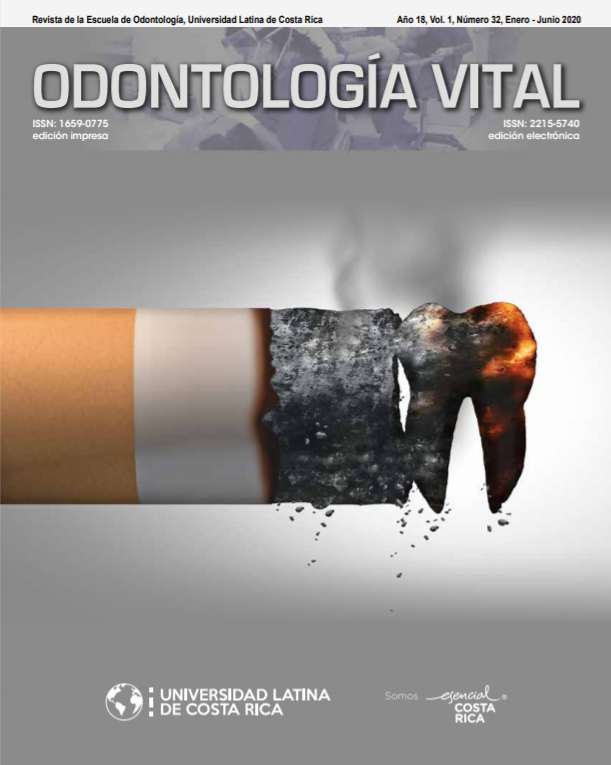Effectiveness of dental biofilm removal with different accessories during dental prophylaxis in pediatric patients
DOI:
https://doi.org/10.59334/ROV.v1i32.382Keywords:
Pediatric dentistry, dental biofilm, dental prophylaxis, dental brushing, dental materials, dental hygiene, dental plaqueAbstract
In pediatric dentistry, a simple procedure that is effective to introduce the child to the environment of the
dental office is dental prophylaxis, at the same time it is indispensable for the removal of the dental biofilm at
a professional level. Three of the most frequently used additives, the rubber cup, the conventional prophylaxis
brush and the ICB microbrush were analyzed, the latter to reinforce occlusal surfaces in order to know
which one has a greater effectiveness in the removal, the conventional toothbrush as control. As a result, the
prophylaxis brush is the most effective additive in the removal of dental biofilm on all surfaces, with a total
removal percentage of 70.57%, with a statistically significant difference with respect to the other accessories.
Downloads
Published
How to Cite
Issue
Section
License
Copyright (c) 2020 Odontología Vital

This work is licensed under a Creative Commons Attribution 4.0 International License.
Authors who publish with Odontología Vital agree to the following terms:
- Authors retain the copyright and grant Universidad Latina de Costa Rica the right of first publication, with the work simultaneously licensed under a Creative Commons Attribution 4.0 International license (CC BY 4.0) that allows others to share the work with an acknowledgement of the work's authorship and initial publication in this journal.
- Authors are able to enter into separate, additional contractual arrangements for the non-exclusive distribution of the Odontología Vital's published version of the work (e.g., post it to an institutional repository or publish it in a book), with an acknowledgement of its initial publication.
- Authors are permitted and encouraged to post their work online (e.g., in institutional repositories or on their website) prior to and during the submission process, as it can lead to productive exchanges, as well as earlier and greater citation of published work.
Métricas alternativas











